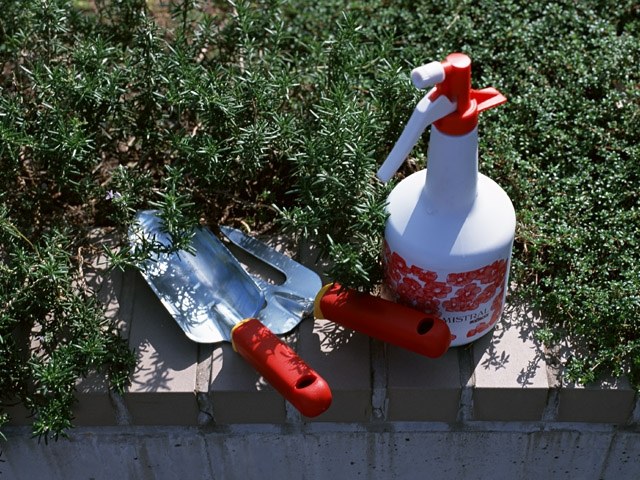You will need
- - primenitel (tall plants, fences);
- the source of water for irrigation;
- - mulch (dry grass, sawdust);
- - koalin;
- - iodine;
- - starch;
- - watering can or garden sprayer.
Instruction
1
Use natural or man-made primenitel for vegetable crops and soil. You can grow low-growing plants in the natural shade higher. For example, put together corn, beans, and (in the middle) – cabbage; melons sow among the beans. Good stray shadow gives the so-called cow peas, or some - kind of green bean with very long pods.
2
Create artificial shade to save standing crops (eg. cucumbers) from the heat wave. For this young vegetable along ridges beat into the ground the pegs and pull on them their sheaves of dried grass, sorghum, corn, sunflower, etc. In anticipation of the hot and dry summer, it is recommended to extend the garden in the direction from East to West.
3
Think about how you can close from the scorching sun plants planted in unprotected soil. Low-growing culture and seedlings can be blocked from the South by the sheets of paper that are attached to straps in the form of a sail. Along the ridge gourds (e.g., pumpkins or zucchini) route the fence. To further protect the cabbage, lift the two top sheet over each head and tie in the roof. Be careful not to break them.
4
Provide regular garden watering. Do it only in the morning and evening when the sun fries – otherwise you'll just burn the leaves of green plants. The water requirement of crops is increased in the beginning of the season (the most active growth) and during fruit ripening. The drought not only thoroughly watering vegetable beds and flowers, but also young trees and shrubs the first or second growing season.
5
Despite the droughts, in any case not to overdo it with the watering – you can wash away the soil, and cause root decay and various diseases of plants. Moderately moisten the ground, feeding water is not very strong pressure. Depending on the height of each instance and the depth of its root system, one plant you can take anywhere from five to fifty gallons of water.
6
Do not allow to form dense earth crust all around crops. If this happens, proryhlit the soil in the inactive period of the sun. To conserve moisture in the heat will help the mulch – dried and chopped grass or sawdust scattered on the beds.
7
Seek advice from experienced agronomists. They can tell you your way of protecting plants from the heat. Thus, in some farms during the period of particularly high heat successfully used white clay (kaolin). It is diluted in water and sprayed the plants with white leaves and soil reflected the rays of the sun, which allows them not to overheat.
8
Buy white clay in the pharmacy or on the market. Prepare her a suspension for bleaching of beds at the rate of 0.5 kg on a water bucket. Add into this mix the brewed Cup of potato starch and a few drops of iodine that will make the fluid more uniform, and additionally will protect the crops from diseases.
9
Process kaolin slurry plant on the South side every 10 days during the period from July to August. Make a garden sprayer or watering can. The experience of gardeners, kaolin helps to better survive the heat and keep the normal fruit from such crops as eggplants, watermelons, melons, cucumbers, carrots, potatoes, tomatoes and beans.
